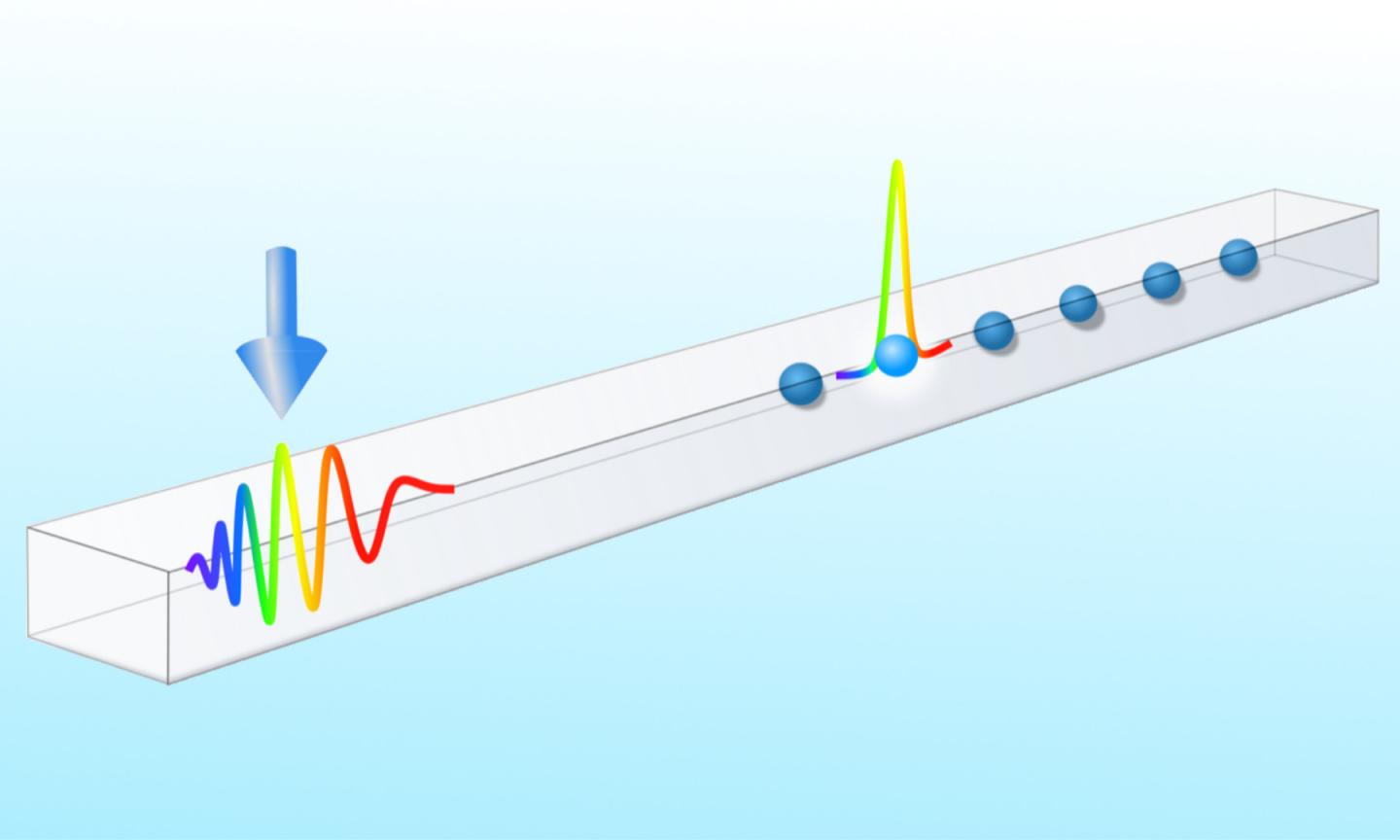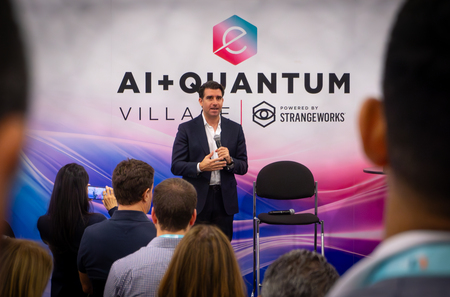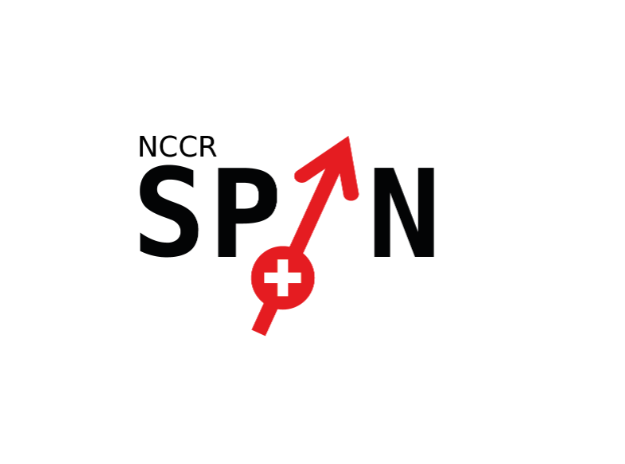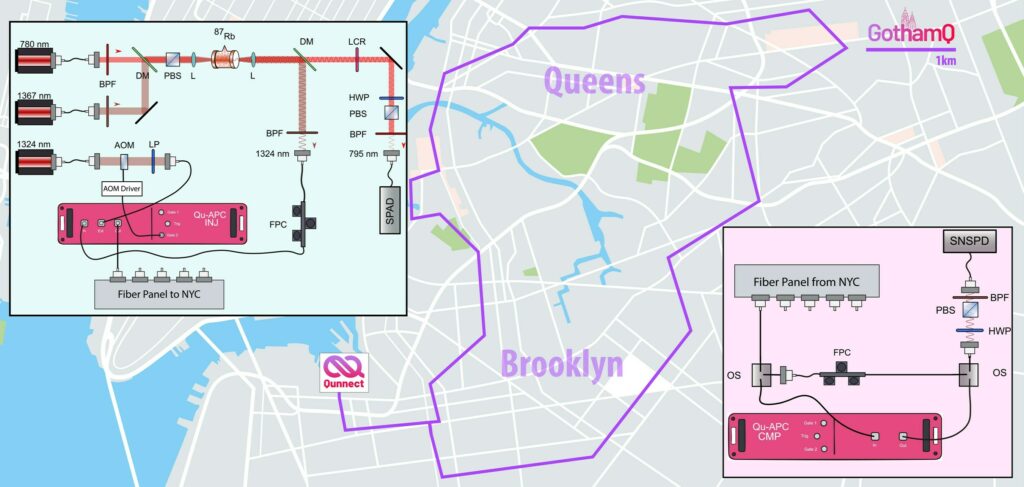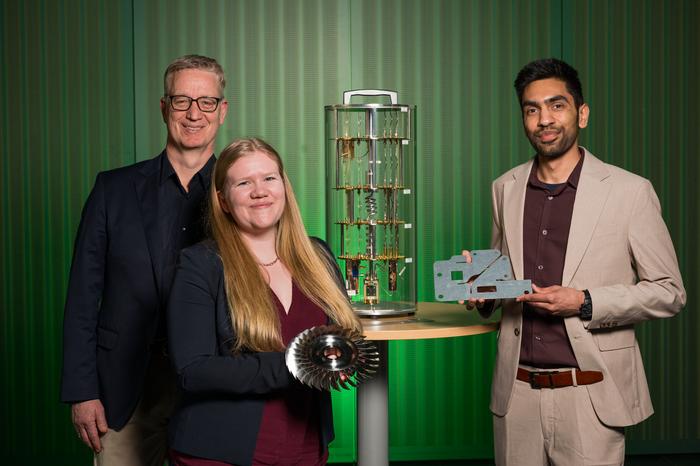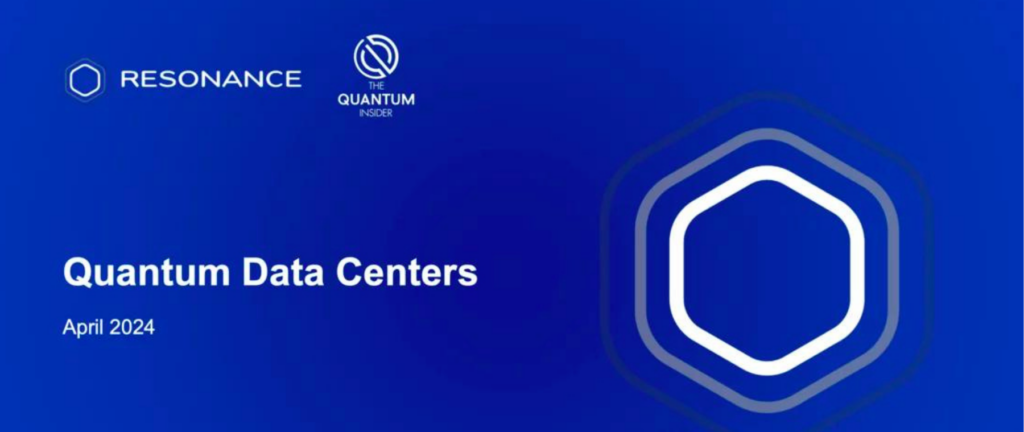
Quantum Pop Culture
One of the biggest obstacles facing the scientific community working towards a commercial quantum computer is in controlling the properties of quantum phenomena. While we hear (sometimes on a daily basis) of newer and better discoveries in the sector than even a year ago, it is getting harder to tell the difference between real scientific progress and those quantum pop culture announcements that are excellent for headlines and clicks but little else. Of all the breakthroughs in quantum information science (QIS), research on the manipulation of quantum phenomenon by using light is one of the most promising out there. And one research team, led by the Innsbruck experimental physicist Gerhard Kirchmai and based at the University of Innsbruck and the Institute of Quantum Optics and Quantum Information (IQOQI) of the Austrian Academy of Sciences, have come up with a novel approach to this using light pulses where individual quantum emitters can be controlled in a targeted manner.

The paper, Remote Individual Addressing of Quantum Emitters with Chirped Pulses, was published in Physical Review Letters while the research was funded by the European Union.
Chirped Pulses
“Not only is it important to individually control and read the state of the emitters,” said Oriol Romero-Isart, “but also to do so while leaving the system as undisturbed as possible.”
Romero-Isart and the rest of the research group have also been collaborating with Juan José García-Ripoll (an IQOQI visiting fellow) from the Instituto de Física Fundamental in Madrid on how specifically designed pulses can be employed to focus light on a single quantum emitter.
“Our proposal is based on chirped light pulses,” said Silvia Casulleras, first author of the research paper and a Ph.D. student on Romero-Isart’s team. “The frequency of these light pulses is time-dependent. So, similar to the chirping of birds, the frequency of the signal changes over time. In structures with certain electromagnetic properties — such as waveguides — the frequencies propagate at different speeds.”
 “If you set the initial conditions of the light pulse correctly, the pulse compresses itself at a certain distance,” said Patrick Maurer of the Innsbruck team. “Another important part of our work was to show that the pulse enables the control of individual quantum emitters.”
“If you set the initial conditions of the light pulse correctly, the pulse compresses itself at a certain distance,” said Patrick Maurer of the Innsbruck team. “Another important part of our work was to show that the pulse enables the control of individual quantum emitters.”
Apart from light, the researchers showed it works with electromagnetic pulses and other waves such as lattice oscillations (phonons) or magnetic excitations (magnons), potential applications for superconducting qubits. This is good news and yet another avenue those invested in the industry can go down to eventually creating a working quantum computer that can alter our lives for the better.


